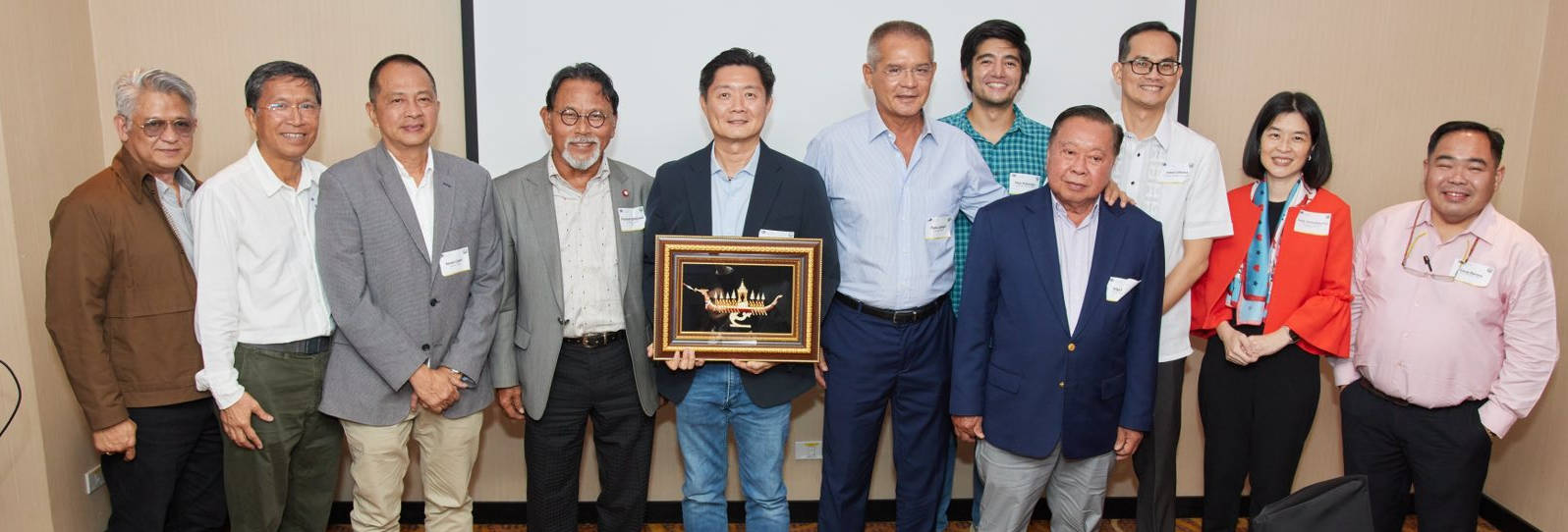February 20, 2015
Sugaronline | http://goo.gl/83f6U5
Having spent more than a decade working on incorporating fibre crops into the rotations on his central Queensland sugar farm, Joe Muscat knew there was still something missing, according to Australia's Fraser Coast Chronicle newspaper.
The Oakenden farmer had grown kenaf (hibiscus cannabinus), sunn hemp (crotalaria juncea), and industrial hemp (cannabis sativa) to world standards, but wanted to take the product to the next level.
"The deficiency I saw was that to get the value out of these crops, we really needed to be able to process and market into a commercial outcome - that's what was missing," Joe explained.
The realisation led Joe to successfully applying for a Nuffield Scholarship, with an aim to bring some economic stability to his industry.
"The sugar industry is a single commodity producer. With any commodity producer that exports more than 80% of its commodity every year, there's a lot of volatility in the business. We wanted to smooth out that business line but, while adding fibre to sugar fits well in a rotation system, there was still the gap in processing and marketing," he said.
Having heard that Malaysians were doing great work with fibre end products, Joe made the south-east Asian country his first stop.
"I had a good contact in the Group of Excellence there that had a link to commercial customers as well as the university and the government and with that contact I was able to meet a number of processors and a couple of the end users, which really demonstrated to me how well they were actually utilising the product and targeting the high-end value," he said.
"This group was working with the aviation industry, such as Airbus and Boeing and also with the Malaysian Defence Force, which showed that the market was valuing this renewable product, which has really great qualities such as high tensile strength and lightweight material."
Joe also travelled to the University of Guelph in Canada, where he found good research, but weak links back to commercial outputs.
"There was actually nothing happening there commercially that I could really see. I spoke to a couple of ex-industrial hemp producers that had a whole range of product lines coming out but, without the support and linking the markets back into the US, they really fell over in about a decade, but there were some learnings out of that as well," Joe said.
However, it was perhaps in Germany and the Netherlands that the most powerful lessons were learnt about just what could be achieved with fibre products in the industrial sector.
"After talking to a manufacturer producing car components from those raw materials about how their business was going and where they saw the future, there was no doubt in my mind when I walked away from that meeting that they were increasing in demand," he explained.
While Joe has been enthused by what he has seen overseas, he is under no illusions as to the challenges in Australia, such as having no designated local universities working with fibre.
Despite this, Joe is determined to link with researchers to test a new processing theory.
"Traditional processing systems are dry, so they use a field retting to start the process and then a decortication process to actually separate the fibres from the core.
"From the work that I've done, I believe we can go a little bit different from that, we can actually wet process, meaning we separate the fibres while the plant is fresh.
"While I've done some preliminary work, I really want to link in with a research project to take this concept to a pilot, so actually separating those fibres and taking them to the market to test the quality," Joe said.


